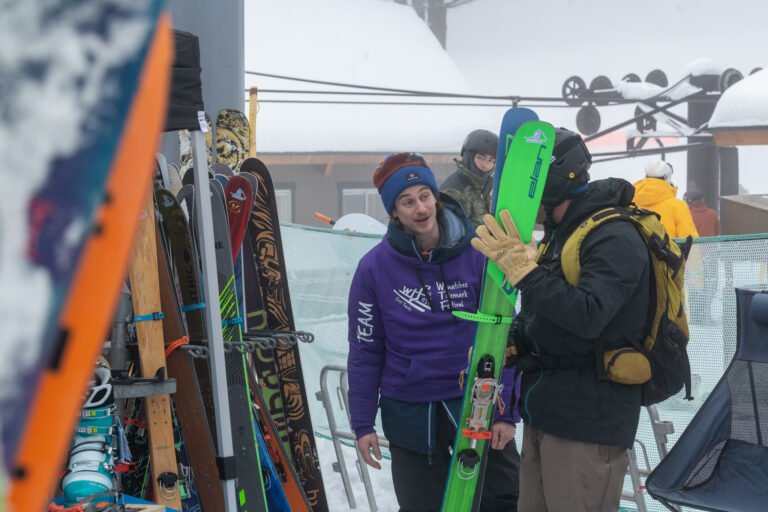Whether you’re training for a 5k or 50-mile ultra, there’s always more to learn from the experts to make your races, fun-runs, or occasional jogs more valuable and enjoyable. These tips from coach and Fleet Feet Sports Spokane owner Wade Pannell will help you run farther, faster, and have more fun along the way.
New Runners
- Set a Realistic Goal. “5k (3.1 miles) is a great goal distance for beginning runners,” Pannell says. Fleet Feet in Spokane has a 10-week training group for those new to running who want to complete their first 5k race.
- Be Consistent. When beginning a training schedule, “run 3 times a week and build to 4 or 5 days over the period of a month or two,” Pannell advises. “It is better to run shorter distance more consistently than to tackle one long run a week.”
- Invest in Appropriate Gear. “Just like you wouldn’t play basketball with a football, you should buy the appropriate footwear and apparel to make running more enjoyable,” says Pannell. “Running shoes are specifically built to accommodate an individual’s specific movement patterns, to fit a variety of foot shapes, and to provide varied levels of cushioning. Your friend’s favorite shoes may not even be close to the right shoes for you. Visit with a fit expert who can help you find the right shoes and apparel to fit your unique goals.”
- Be Accountable. “Find a running group, coach, or friend to hold you accountable to your new goals and who can help you with questions and concerns along the journey,” says Pannell. “And expect challenges along the way.”
Experienced Runners
- Recovery: Pannell refers to this as “the forgotten discipline.” To become stronger, he says, “Runners need to allow the appropriate time for their bodies to recover from training efforts.” Pannell’s advice: Take a weekly rest day or “active recovery session in the pool or on a bike.”
- Nutrition and Hydration: Runners are more “prone to injury, and lose flexibility and mobility” when these two factors aren’t prioritized, he says. Advice: bring along water during every run, and “for any workout longer than 45 minutes, [carry] a calorie replacement like an energy gel, chews, or bar.”
- Take It Slow: If winter has been more about hibernation than physical activity for you, now is the time to focus on rebuilding an “aerobic base and muscular durability before focusing on the speed and intensity of longer runs,” Pannell says. “Increase time or mileage by about 10% per week, and complete 3 to 4 weeks of low-intensity runs before really dropping the hammer into speed or distance efforts.”













